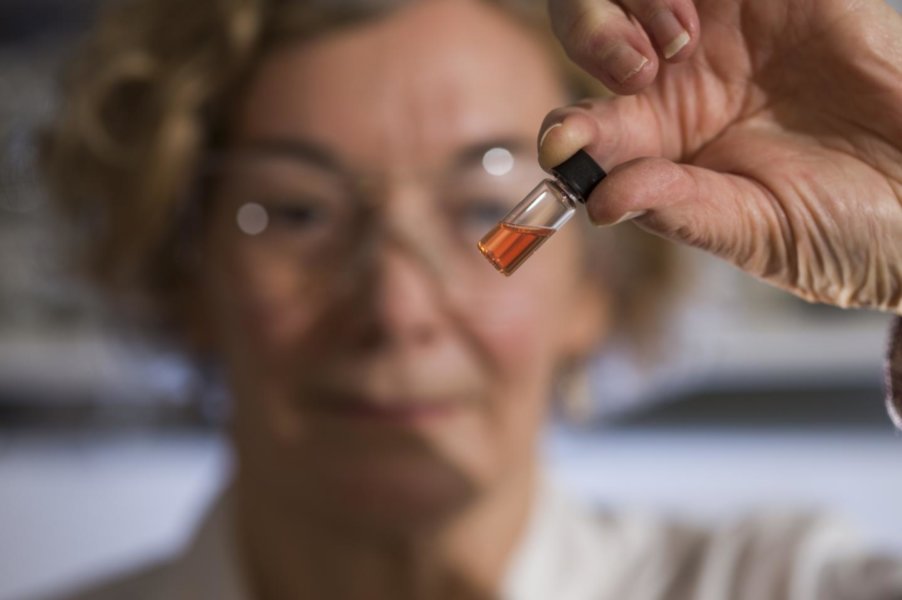@WFS,World Fossil Society,Riffin T Sajeev,Russel T Sajeev
1.1-billion-year-old porphyrins establish a marine ecosystem dominated by bacterial primary producers.
N. Gueneli, A. M. McKenna, N. Ohkouchi, C. J. Boreham, J. Beghin, E. J. Javaux, and J. J. Brocks.
PNAS, 2018 DOI: 10.1073/pnas.1803866115
The average cell size of marine phytoplankton is critical for the flow of energy and nutrients from the base of the food web to higher trophic levels. Thus, the evolutionary succession of primary producers through Earth’s history is important for our understanding of the radiation of modern protists ∼800 million years ago and the emergence of eumetazoan animals ∼200 million years later. Currently, it is difficult to establish connections between primary production and the proliferation of large and complex organisms because the mid-Proterozoic (∼1,800–800 million years ago) rock record is nearly devoid of recognizable phytoplankton fossils. We report the discovery of intact porphyrins, the molecular fossils of chlorophylls, from 1,100-million-year-old marine black shales of the Taoudeni Basin (Mauritania), 600 million years older than previous findings. The porphyrin nitrogen isotopes (δ15Npor = 5.6–10.2‰) are heavier than in younger sedimentary sequences, and the isotopic offset between sedimentary bulk nitrogen and porphyrins (εpor = −5.1 to −0.5‰) points to cyanobacteria as dominant primary producers. Based on fossil carotenoids, anoxygenic green (Chlorobiacea) and purple sulfur bacteria (Chromatiaceae) also contributed to photosynthate. The low εpor values, in combination with a lack of diagnostic eukaryotic steranes in the time interval of 1,600–1,000 million years ago, demonstrate that algae played an insignificant role in mid-Proterozoic oceans. The paucity of algae and the small cell size of bacterial phytoplankton may have curtailed the flow of energy to higher trophic levels, potentially contributing to a diminished evolutionary pace toward complex eukaryotic ecosystems and large and active organisms.

Biogeochemistry Lab Manager Janet Hope from the ANU Research School of Earth Sciences holds a vial of pink colored porphyrins representing the oldest intact pigments in the world.
Credit: The Australian National University
@WFS,World Fossil Society,Riffin T Sajeev,Russel T Sajeev



 July 10th, 2018
July 10th, 2018  Riffin
Riffin  Posted in
Posted in  Tags:
Tags: 